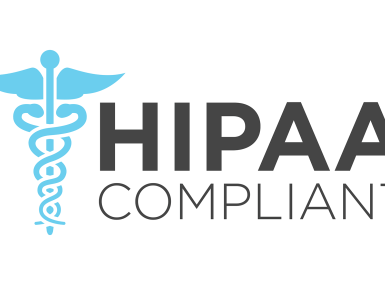Key to reducing incarceration of people with mental illness
Upcoming Events
Related News

From our partnersThis blog post is sponsored by NACo partner Netsmart. |
Momentum is growing in efforts to reduce the number of people with mental illness in jails. The Stepping Up program, which has gained significant visibility and participation by counties, encourages public, private and non-profit partners to work together to help people with mental illness connect with support services instead of incarceration when appropriate. The initiative, launched in 2015 by NACo, the Council of State Governments (CSG) Justice Center and the American Psychiatric Association (APA) Foundation, now has participation from 540 counties in 43 states. The focus is on increasing collaboration among behavioral health, criminal justice, housing authorities and other systems to develop shared solutions that address the full spectrum of need.
Many counties are recognizing the value of whole-person care, and that there are systems and technology to successfully support it. |
Momentum through partnerships
Strong county/community partnerships and time-phased initiatives are critical to improving quality of life for persons with mental illness, including those in the criminal justice system. The need is great…and the outcomes, cost savings and improved operational efficiencies realized can be significant.
Almost 75 percent of incarcerated adults with serious mental illnesses also have co-occurring substance use disorders. The key to success is to address the needs of the “whole person” – physical health, mental health, substance use issues and social determinants of health (SDoH). This approach involves both targeted outreach and coordination across agencies. In short, the optimal framework includes initial engagement, a continuum of care and services, and a path forward. Effective and efficient data sharing among public and non-profit entities is essential to supporting individuals along all parts of this journey.
Shared data can keep people with mental illness out of jails
Combining Stepping Up with an effective data-driven justice (DDJ) strategy greatly increases the opportunity to use information gathered to identify and better serve persons who frequently use health, human services and justice systems. In fact, DDJ helps break the cycle of incarceration by fully leveraging data to improve how the justice system responds to and manages support for those with mental illness.
The data needs are complex, stretching far beyond the walls of typical healthcare data. Historically, fragmented data was available, but in many cases consolidated authorized information was not accessible to providers. Combining authorized data from hospitals and emergency departments, walk-in clinics, public health services, mental health treatment centers and detox facilities into a single view for each individual is a giant leap forward. Adding data from the criminal justice system, homeless shelters and SDoH provides a more complete picture of a person’s health and well-being – and enabling development of a comprehensive plan for treatment and services.
What’s next?
Continued collection of SDoH data and analysis of data at the population health level is helping inform successful future programs and outcomes. Applying risk stratification provides even more information about how best to serve some of our nation’s most vulnerable persons. Fortunately, availability of applicable data sets is growing rapidly in most areas of the country.
Many counties are recognizing the value of whole-person care, and that there are systems and technology to successfully support it. Establishing Business Associate Agreements (BAAs) and Model Memoranda of Understanding (MOUs) with community partners will accelerate the trend and provide additional data-supported insights, further reducing incarceration rates of people with mental illness and providing a pathway forward for the treatment and services they need.
For more insights into data-driven justice and whole-person care, please view our recent webinar in the Familiar Faces Initiative Data-Sharing for Behavioral Justice Learning Series.
Post Sponsor

Related News

CMS requires state Medicaid suspension upon arrest versus termination
Effective January 1, 2026, federal law now requires states to suspend, rather than terminate, Medicaid coverage when an individual is incarcerated.

ICE hiring surge challenges county law enforcement
Local governments hope that their law enforcement personnel will favor the familiarity of the communities they serve when weighing potentially lucrative immigration enforcement recruitment bonuses, which may require them to uproot their lives.
























